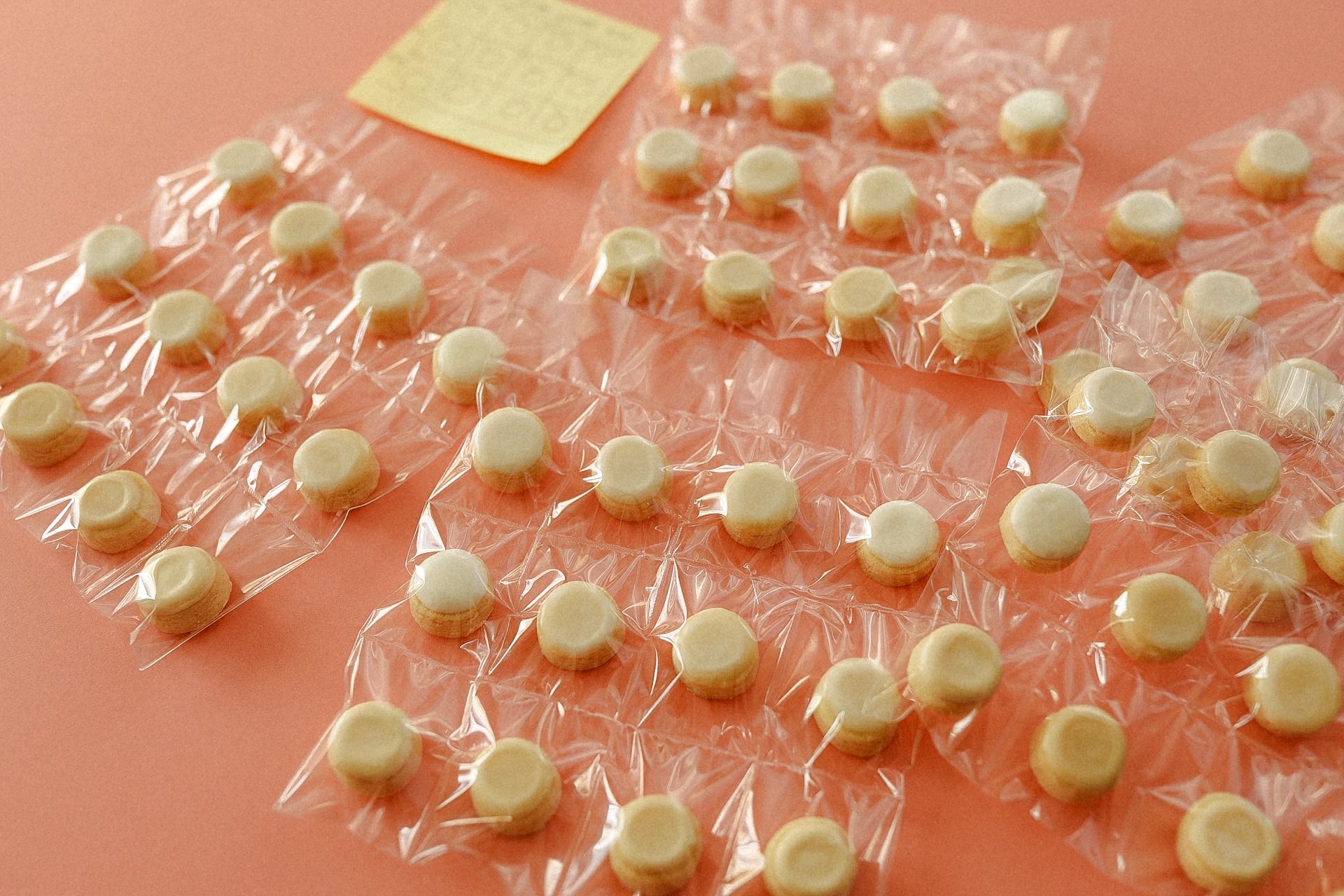3 Easy Tips to Help You Kick-Ass with Royal Icing
First, what the heck is royal icing?
Royal icing is a mixture of powdered sugar, water, flavor extract, and meringue powder. It is typically used to decorate sugar cookies.
Now that you know what royal icing is, we can dig into some of the fun tips & tricks to help you master it right from the start. Here’s what I’m going to cover in this blog post (hint: click on any of these options to jump right to that section!):
I promise that if you stick around, though, you’ll find a lot more value than just these three main points— so let’s dive in.
1) Understanding icing speed
Icing speed? What the frick is icing speed? Glad you asked.
Icing speed is the amount of time it takes for the icing to fully blend back into itself, which is a must-have to achieve the smooth texture that you see with professional-quality cookies.
Think of icing speed in this way, if you trace a figure eight with your icing, how long does it take for the figure eight to disappear? 20 seconds, 15 seconds, 10 seconds…and so on. That’s the icing speed. Check out an example of medium-fill icing below (but pardon the bubbles) to see what I mean:
Here’s a quick breakdown of common icing speeds used in cookie decorating (you’ll want to remember these later):
30+ second = Fine detail & outlining (holds a semi-stiff peak)
10-20 second = Medium-fill (runny)
5 second = Fast-fill (very runny)
Tip: Always label your icing bags because may need to have one color in more than one icing speed. For example, you may need the color green in both fine detail & fast fill to build texture on your cookie like the one I created below.
This cookie was filled using a fast-fill green and then, once that layer was dry, I came back in with fine detail green to add the lines that give the tree texture. (More about layering in tip 3)
2) Trusting your gut because you can’t always trust the recipe.
So far, I’ve learned that weather heavily impacts the need for water in most icing recipes so you have to learn to trust your gut (and your eye!) when it comes to icing speed (consistency).
Once your icing is a perfect consistency, I recommend recording a quick video as a reference point for the next time you create royal icing. That way, no matter the weather, you have a consistent target to aim for.
BONUS TIP
Don’t overmix your icing. Overmixing is the #1 reason why royal icing turns hard as a rock. Instead, mix in your colors by hand, and be sure you’re using gel food coloring (seriously).
3) Working in layers
This is where the magic happens, people. It’s the most painstaking part of the process but it’s guaranteed to instantly 10x your cookie game. Why? Because this is what adds texture, dimension, and style to your cookies.
I always build the foundation of my cookie first, this is the platform that is going to hold up the rest of the layers so it’s important that it’s fully dry before any additional textures or fill icing is added. Once the base layer is applied, I let the cookies dry for 15-30 minutes under a fan before I add any additional embellishments or additional fill layers. Let’s take a look at a real example to get a better idea of what all of this means.
To create this cookie, I first laid down the fast-fill base layers one at a time and I let them sit for about 15 minutes under a fan. Then, once the first layer of icing was dry, I added some fun detail to the fish with the medium-fill (pink dots) and let it dry under the fan again.
Well, there you have it! Go forth, be cool, and make some awesome shit or stick around to check out some of my other popular blog posts.






